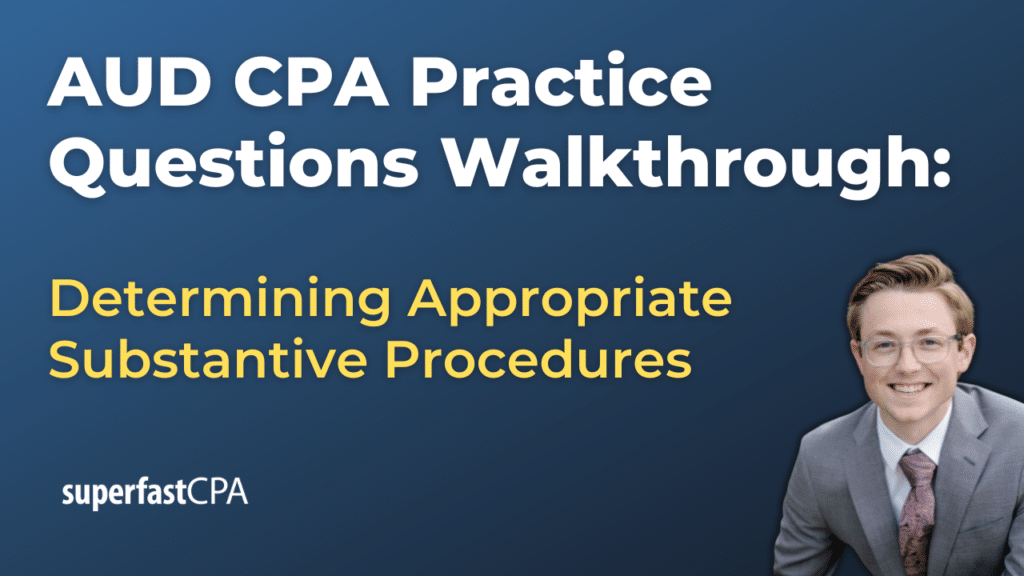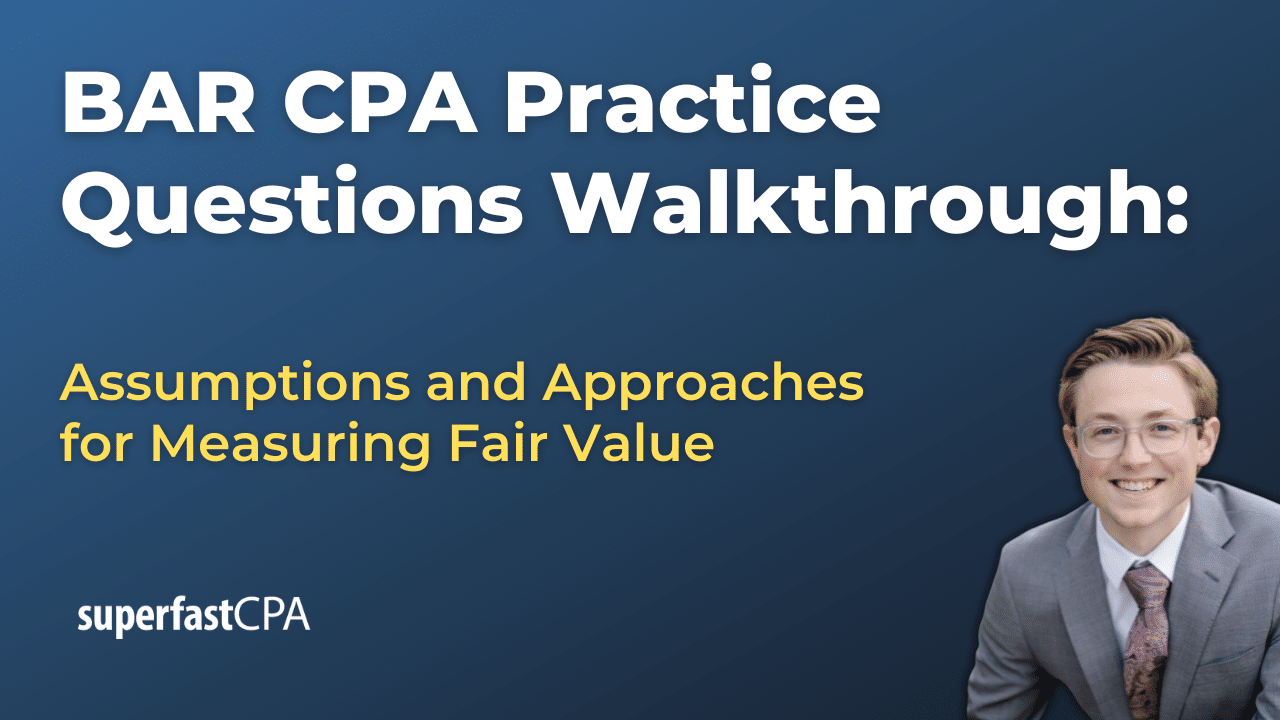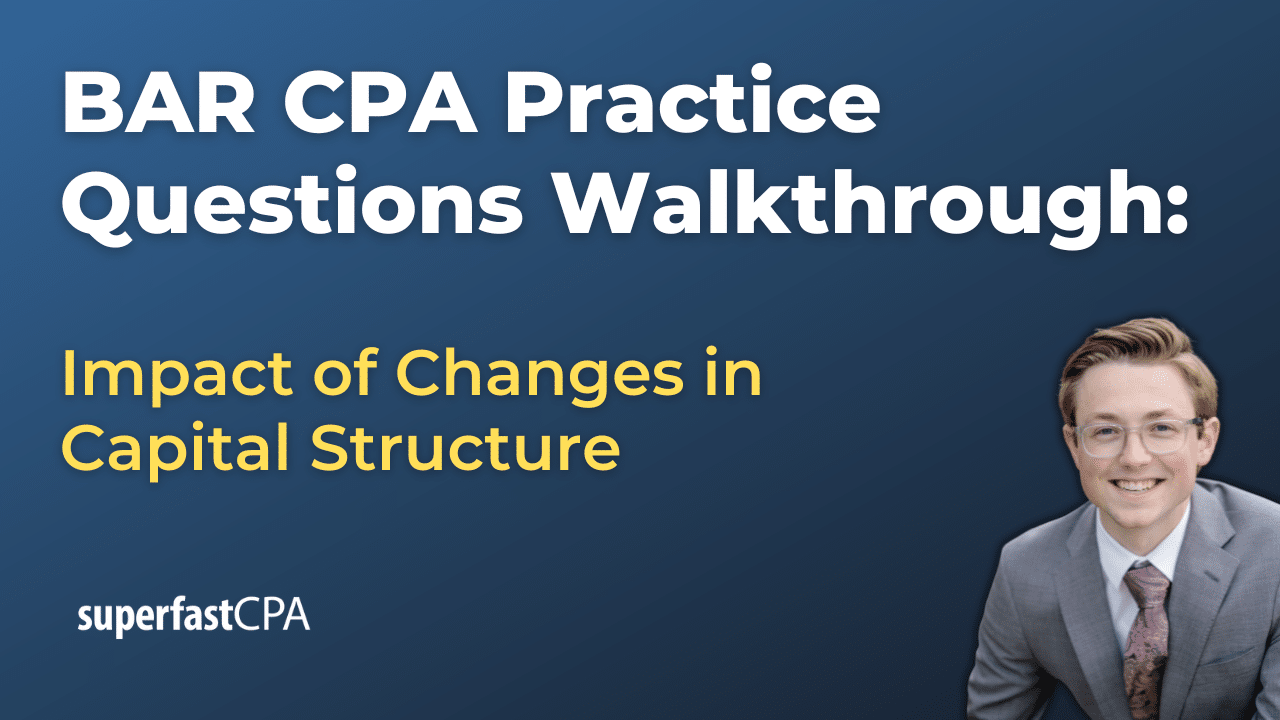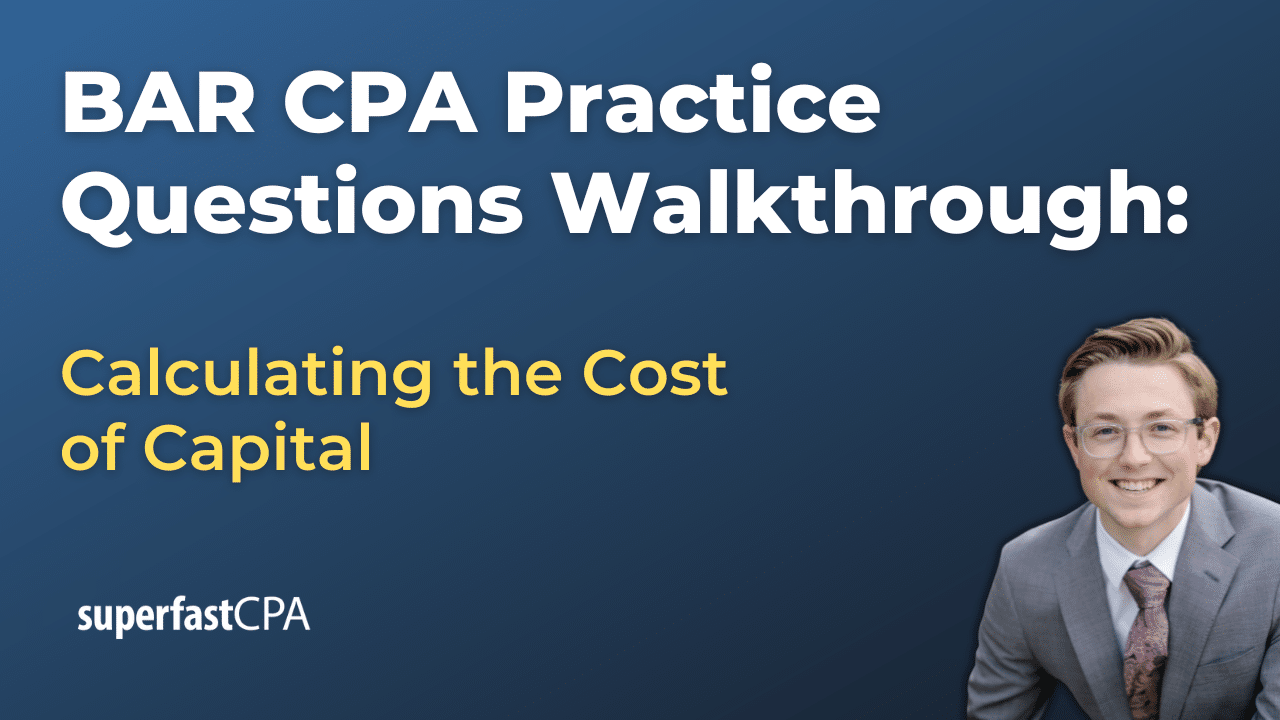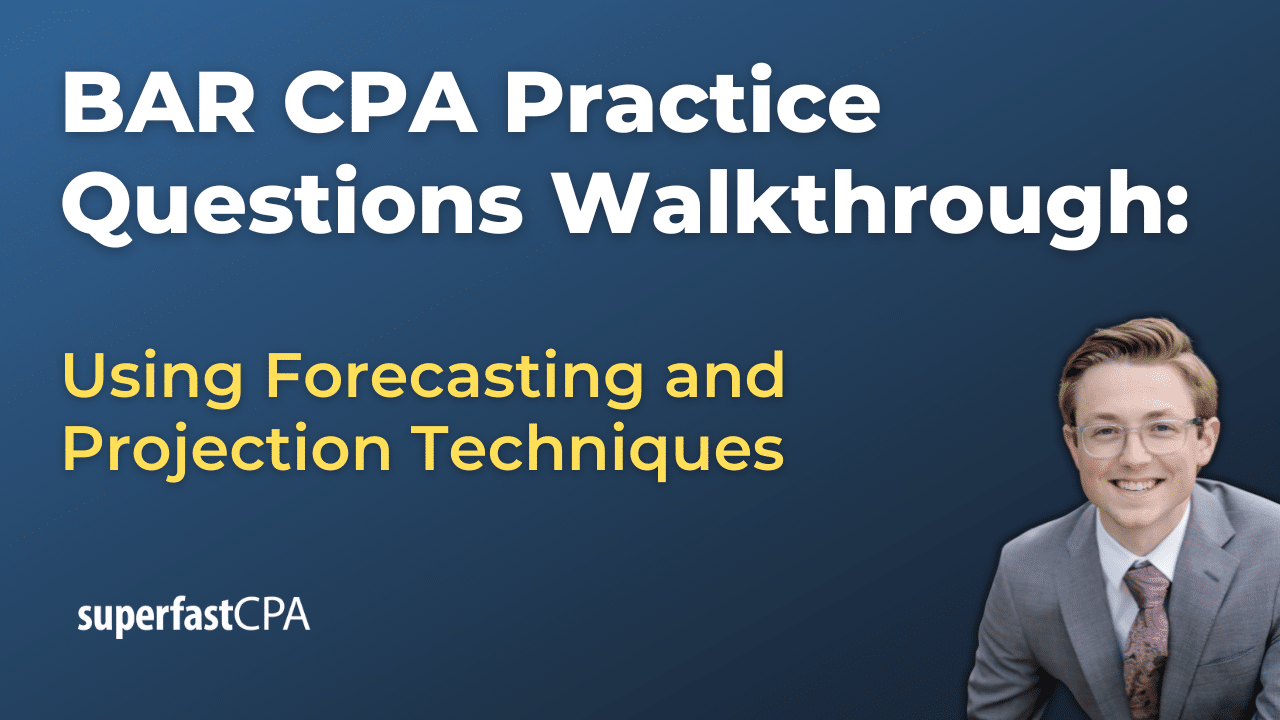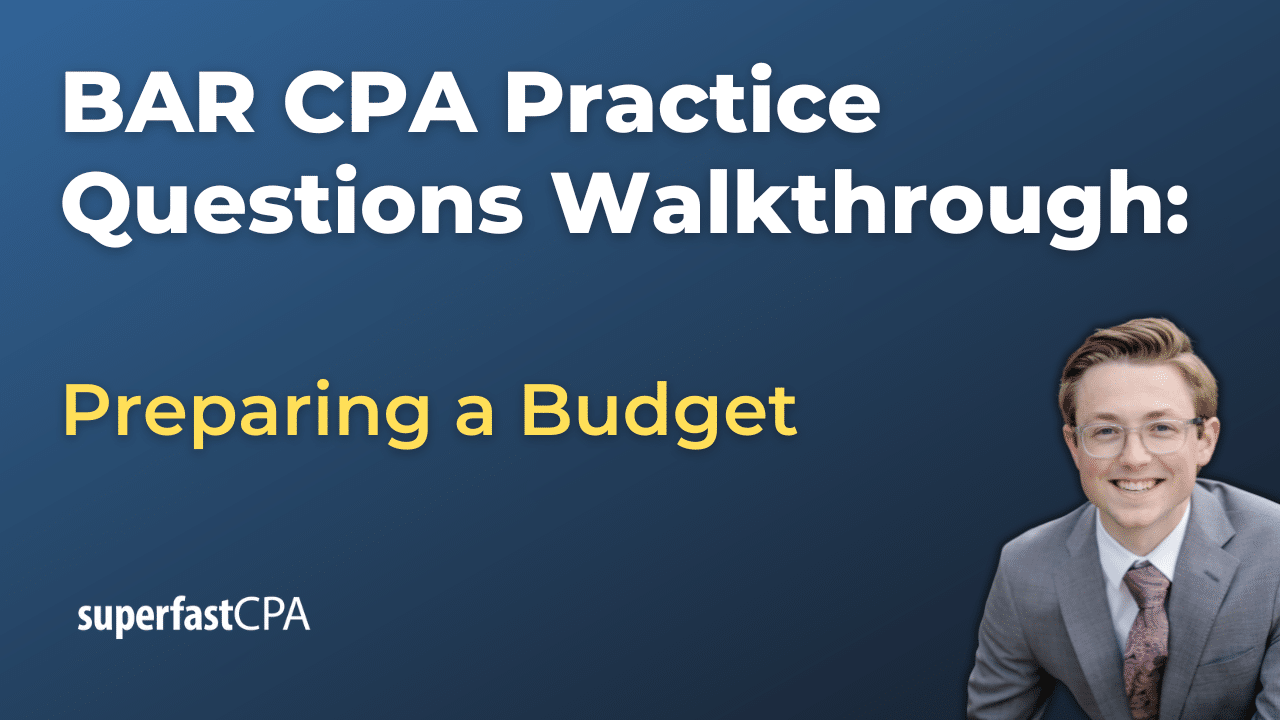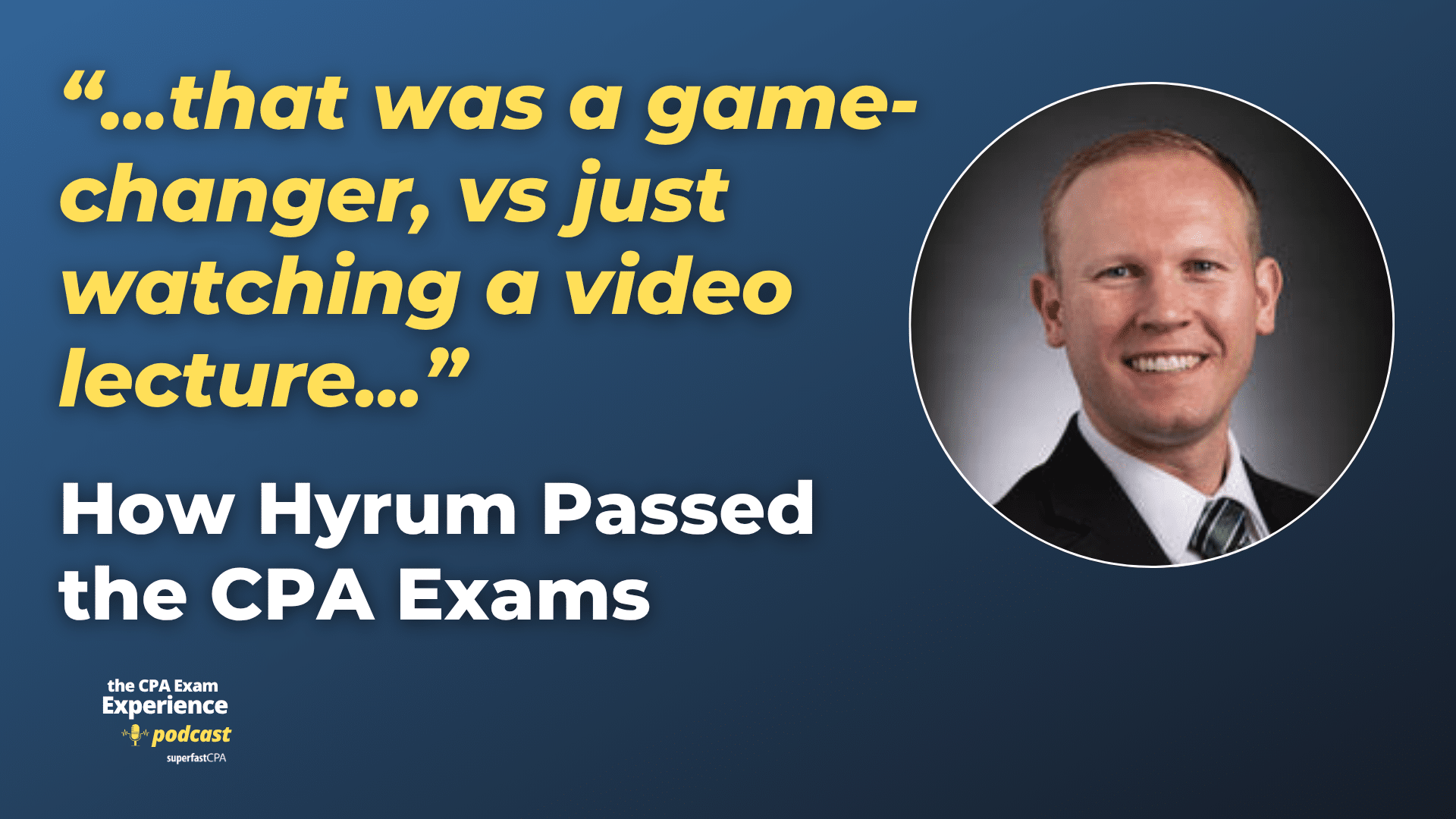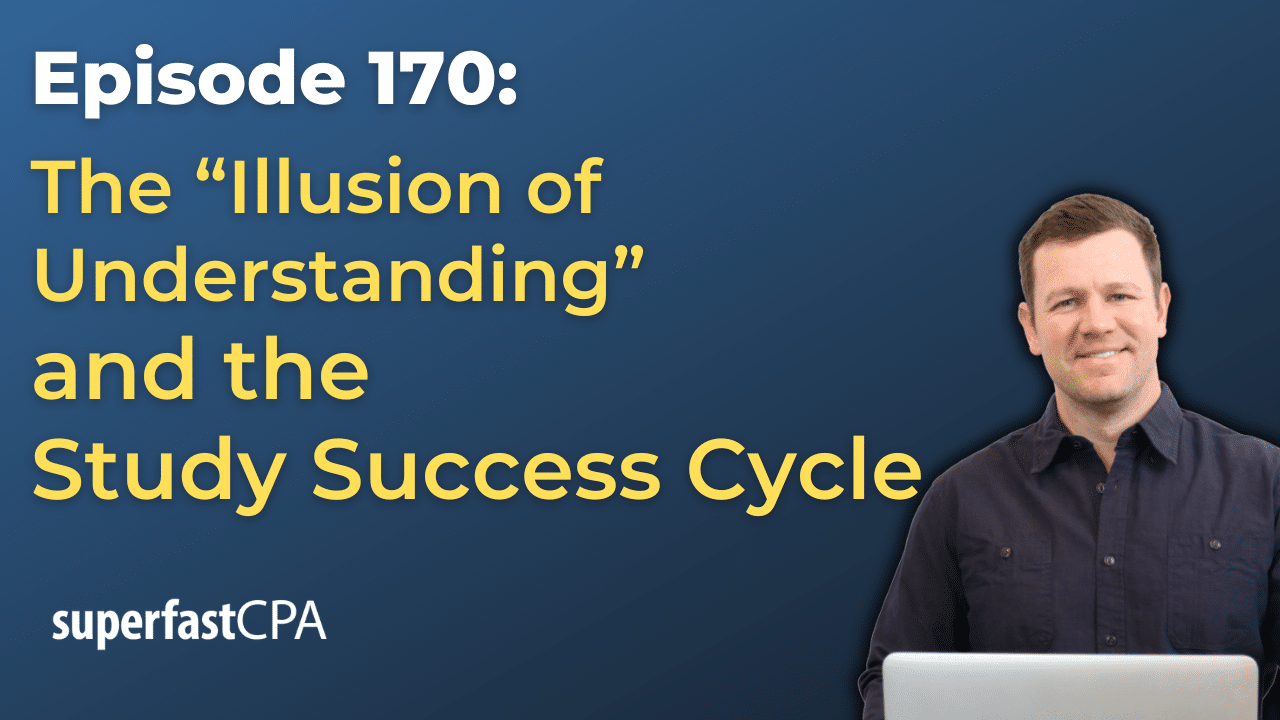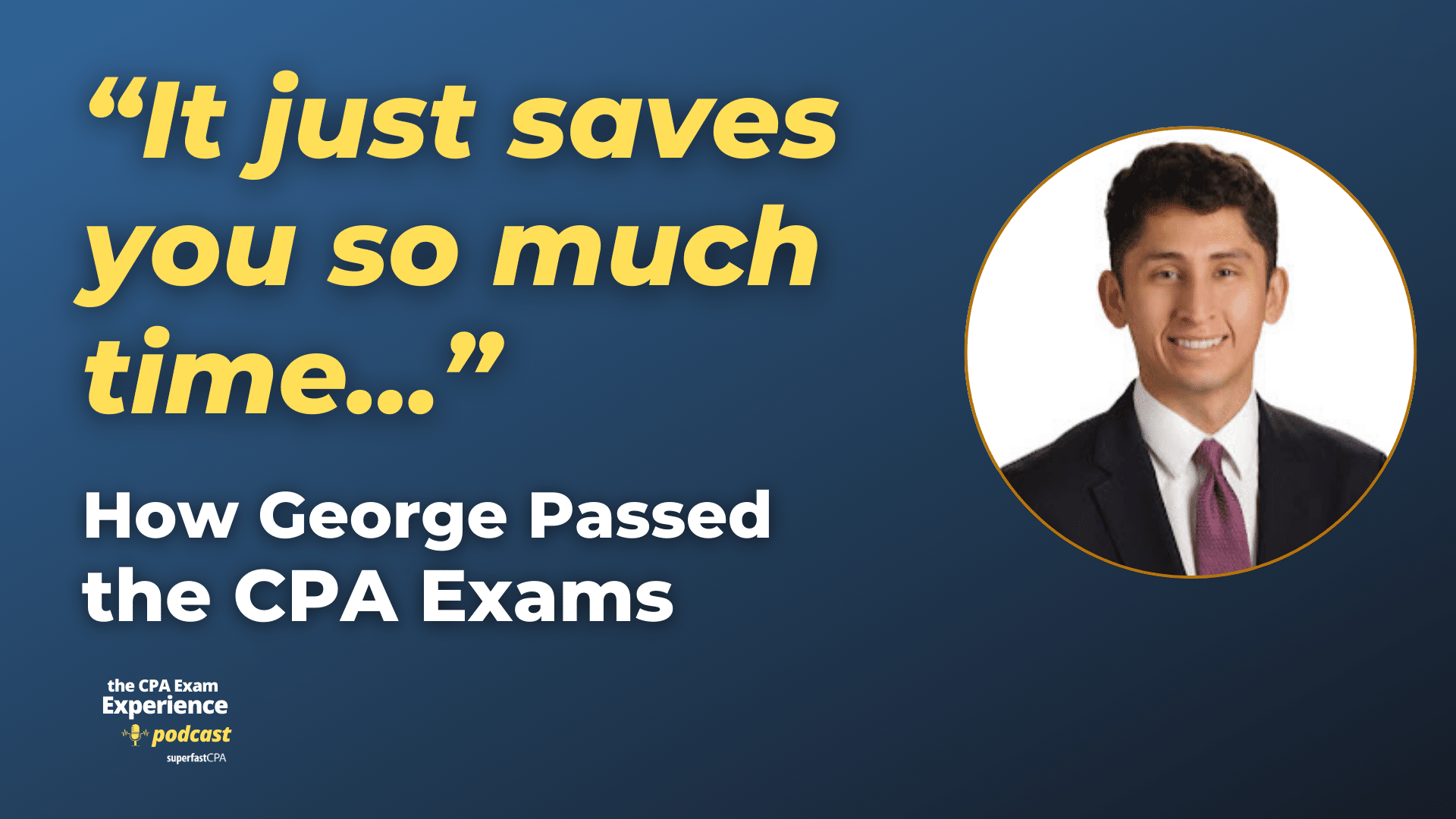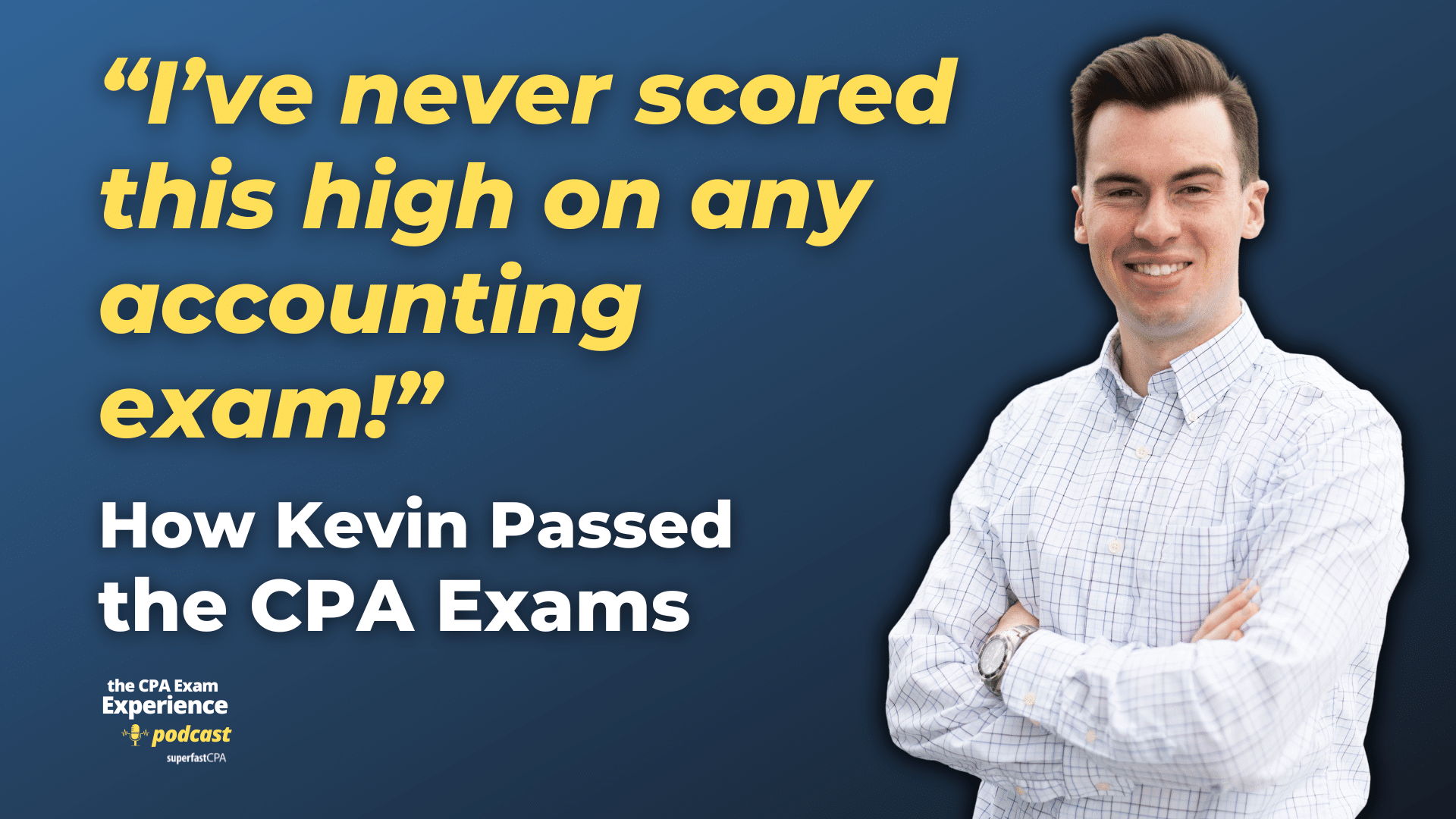In this video, we walk through 5 AUD practice questions teaching about determining appropriate substantive procedures. These questions are from AUD content area 2 on the AICPA CPA exam blueprints: Assessing Risk and Developing a Planned Response.
The best way to use this video is to pause each time we get to a new question in the video, and then make your own attempt at the question before watching us go through it.
Also be sure to watch one of our free webinars on the 6 “key ingredients” to an extremely effective & efficient CPA study process here…
Determining Appropriate Substantive Procedures
When performing an audit, substantive procedures play a critical role in obtaining sufficient and appropriate audit evidence. These procedures are used to test relevant assertions for significant classes of transactions, account balances, and disclosures. Understanding when and how to use substantive procedures is essential for an effective audit.
When a Primarily Substantive Approach is Used
A primarily substantive approach is taken when testing controls is not feasible or effective. This can occur in three main scenarios:
- No effective controls exist – If a company lacks internal controls over a particular transaction class or account, the auditor must rely on substantive procedures to detect misstatements.
- Controls are assessed as ineffective – If an auditor tests controls and finds they do not operate as intended, substantive procedures become the primary means of obtaining audit evidence.
- Testing controls is inefficient – When the time and effort required to test controls exceed the benefits, auditors may opt for a substantive approach instead.
Types of Substantive Procedures and When They Are Used
Substantive procedures include substantive analytical procedures and tests of details, each serving different purposes:
- Substantive Analytical Procedures – These are used when an account balance or transaction class has predictable patterns. For example, an auditor might analyze revenue trends over time to identify anomalies.
- Tests of Details – These are performed when more direct evidence is needed, particularly for assertions related to existence and valuation. For instance, an auditor might confirm accounts receivable balances with customers to verify their accuracy.
Substantive analytical procedures can also be used to reduce detection risk when controls are determined to be effective. However, when controls are ineffective, tests of details are typically emphasized to obtain reliable evidence.
Substantive Procedures vs. Tests of Controls in Automated Environments
In highly automated environments, companies rely on system-based processes with minimal manual intervention. In these cases, auditors often perform tests of controls because substantive procedures alone may not provide sufficient audit evidence. If an auditor determines that detection risk cannot be reduced solely through substantive procedures, they must assess and test controls to determine whether they can be relied upon.
For example, in a company with an automated billing system, transactions may not leave a traditional paper trail. If the auditor cannot rely on controls, substantive procedures such as recalculating invoices or tracing electronic transactions to financial records may be necessary.
Timing of Substantive Procedures
The timing of substantive procedures depends on the assessed risk of material misstatement:
- Higher risk assessments – When the risk of material misstatement is high, substantive procedures should be performed closer to year-end to ensure misstatements do not occur after testing is completed.
- Lower risk assessments – If controls are effective and the risk of material misstatement is lower, auditors can perform substantive procedures at an interim date. This allows them to complete a portion of the work before year-end, making the audit process more efficient.
Performing Additional Procedures After Interim Testing
When substantive procedures are performed at an interim date, additional procedures are required to extend conclusions to the balance sheet date. This ensures that material misstatements occurring after interim testing are identified.
For example, if an auditor tests accounts receivable in October for a December 31 year-end, they may perform roll-forward procedures, such as reviewing subsequent cash collections, to ensure the interim results remain valid.
Conclusion
Determining the appropriate substantive procedures in an audit depends on factors such as control effectiveness, transaction complexity, and risk assessments. Auditors must decide whether to take a primarily substantive approach, when to rely on analytical procedures versus tests of details, and how to time their procedures effectively. A well-planned substantive testing strategy ensures reliable audit conclusions and supports the overall integrity of financial statements.

